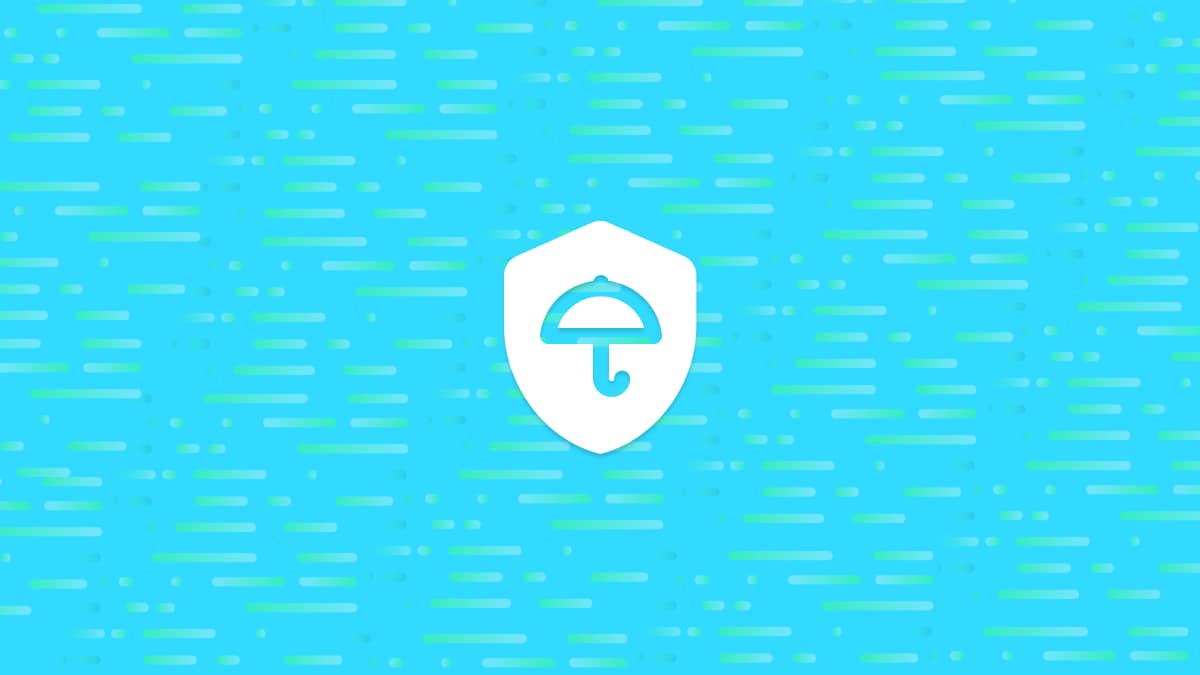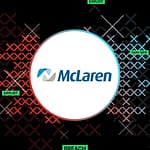Healthcare providers, hospitals and medical institutes have rapidly evolved over the last 18 months. While digitalization was already a focus in this sector, the pandemic forced organizations everywhere to press hard on the accelerator. As Satya Nadella famously said, organizations worldwide saw “2 years of digital transformation in 2 months.”
Healthcare, though, is extra unique within these circumstances. Sure, many organizations process data – but PHI is highly sensitive. Healthcare providers must secure it compliantly to maintain patient trust, stay on the right side of the law and provide an ethical service.
However, the digitalization of patient records naturally makes them more vulnerable to malicious actors: cyber attacks, ransomware and phishing attacks are highly reported in healthcare organizations. In 2020, 34% of healthcare organizations were hit by ransomware, while an average of 58.8 data breaches occurred among U.S. healthcare providers between August 2020 and July 2021, according to HIPAA Journal.
As more healthcare professionals work remotely and embrace telehealth, IT and security teams need to evolve their network and security offerings. The goal should be dynamic, context-based data security that allows people to work anywhere, anytime. That’s precisely what SASE has to offer.
What is SASE?
SASE (pronounced “Sassy”) stands for secure access service edge. It’s a term coined by Gartner. SASE is touted to be the future of network security. It’s not a new security technology but a convergence of WAN with existing next-generation security solutions like Cloud Access Security Brokers, Firewalls as a Service, Secure Web Gateways and the Zero Trust Model.
Together, these solutions create SASE: a streamlined, cloud-delivered security service that protects data at the edge while delivering high-speed functionality that improves the end-user experience. Ultimately, SASE’s goal is to foster borderless cloud security and high-speed functionality for users. For healthcare organizations, this means keeping PHI data secure wherever employees work from without compromising the end-user experience.
For a detailed overview, read our guide to SASE here.
How does SASE work?
SASE solutions combine five well-known security solutions into one unified interface. These are:
- SD-WAN: SASE relies on SD-WAN to deliver network functionality that reaches users and applications at the edge.
- FWaaS: SASE uses FWaaS to put the traditional firewall in the cloud. FwaaS scales elastically to the needs of the enterprise, meaning security policies can be enforced across the entire network, wherever employees are working.
- Zero-trust Network Access: Zero Trust is less a security technology and a more principle. It’s the notion of “trust no one” and verifying everyone. Next-generation data loss prevention solutions (DLP) have zero-trust principles built into their models. They utilize dynamic verification capabilities to let users access, upload or download sensitive company data.
- Secure Web Gateway (SWG): SASE utilizes SWG to mitigate malicious internet traffic and enforce security usage policies for accessing the web.
- CASB: With a CASB, SASE helps organizations secure data in their cloud-based applications and eliminate shadow IT usage.
How can SASE benefit healthcare organizations?
The future of healthcare is digital and distributed – be that administrators are working from home or physicians are providing consultations over video calls. To enable this future, managing the workforce and securing PHI is critical. SASE delivers this by facilitating security controls at the network edge. For end-users, this creates a better experience. SASE’s SD-Wan functionality improves healthcare delivery architectures, making calls and application usage seamless for the end-user. This is because SASE connections extend directly to the network edge.
Moreover, for IT and network teams, SASE can ease the burden of managing complex, distributed networks. It consolidates and harmonizes multiple security solutions into one cohesive portal. IT teams can spend less time jumping from solution to solution and focus on managing security and networking centrally. Moreover, the solution relies heavily on automation, allowing IT teams to focus less on administrative tasks and more on high-value strategic business.
Lastly, SASE can help healthcare organizations to become more agile. By modernizing networking and security infrastructure, healthcare organizations will adjust quickly during times of change. This, in turn, can improve organizational resilience.
Should healthcare organizations invest in SASE solutions now?
So, here’s the catch. We’ve talked up SASE a lot just now – and the future of SASE is extremely promising. However, it’s not currently a present reality.
Right now, the SASE solutions on the market are in their infancy. They’re complex to deploy and aren’t interoperable with most networking and security solutions, making them a cumbersome, costly undertaking that won’t deliver a return on investment.
Moreover, because healthcare organizations have had to accelerate digital transformation rapidly in the last 18 months, it’s likely not feasible for most to jump head-first into a SASE deployment.
For both of these reasons, it’s our view that healthcare organizations should keep an eye on SASE – but not invest in it yet. Instead, they should focus on data, cloud and identity-based security. In the remote working world, verifying that employees are who they say they are, and ensuring that they only access data they are meant to, is one of the best ways to prevent data loss or theft – and you don’t need a SASE solution to do it!
Solutions like Polymer data loss prevention (DLP) help healthcare organizations to secure data as it travels in and out of collaboration tools and cloud applications. Using a zero-trust approach, Polymer ensures that only authenticated, trusted users can access your sensitive data, keeping it safe no matter where your employees are.









